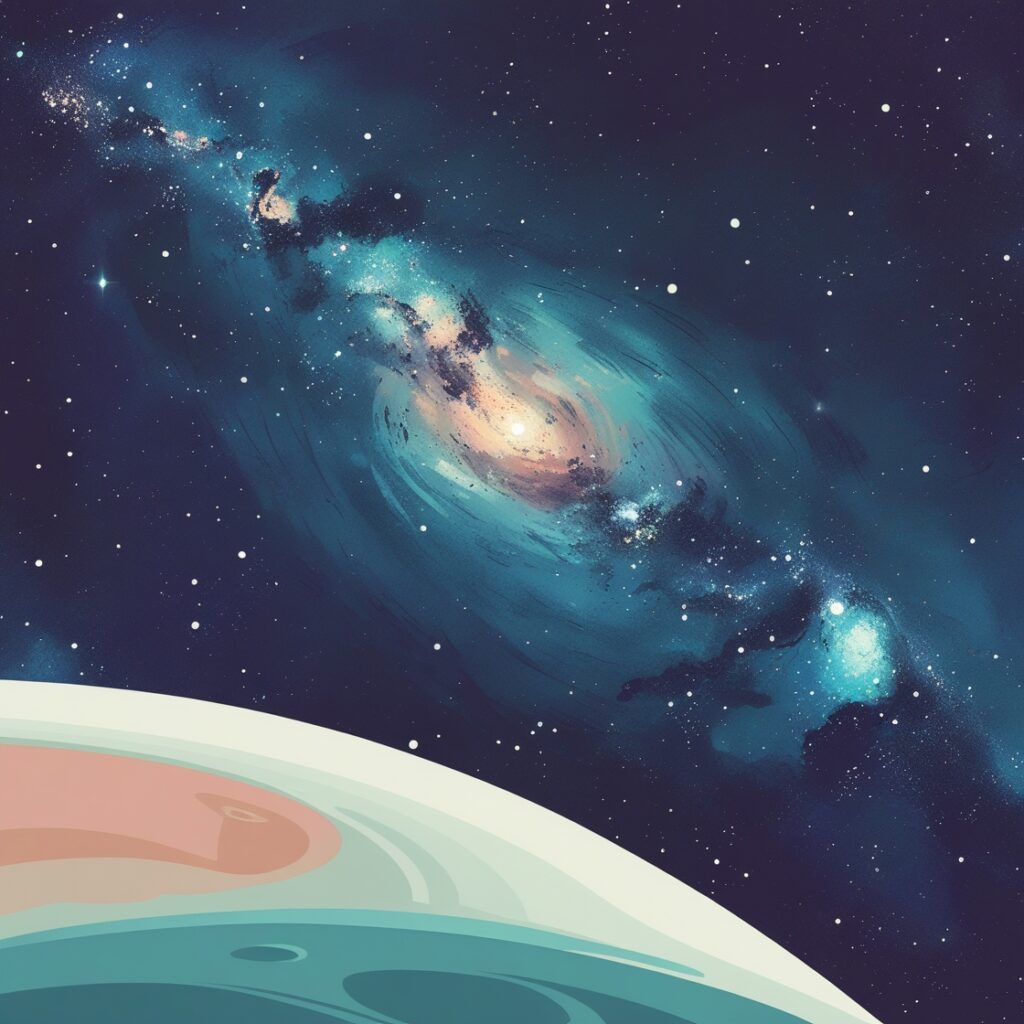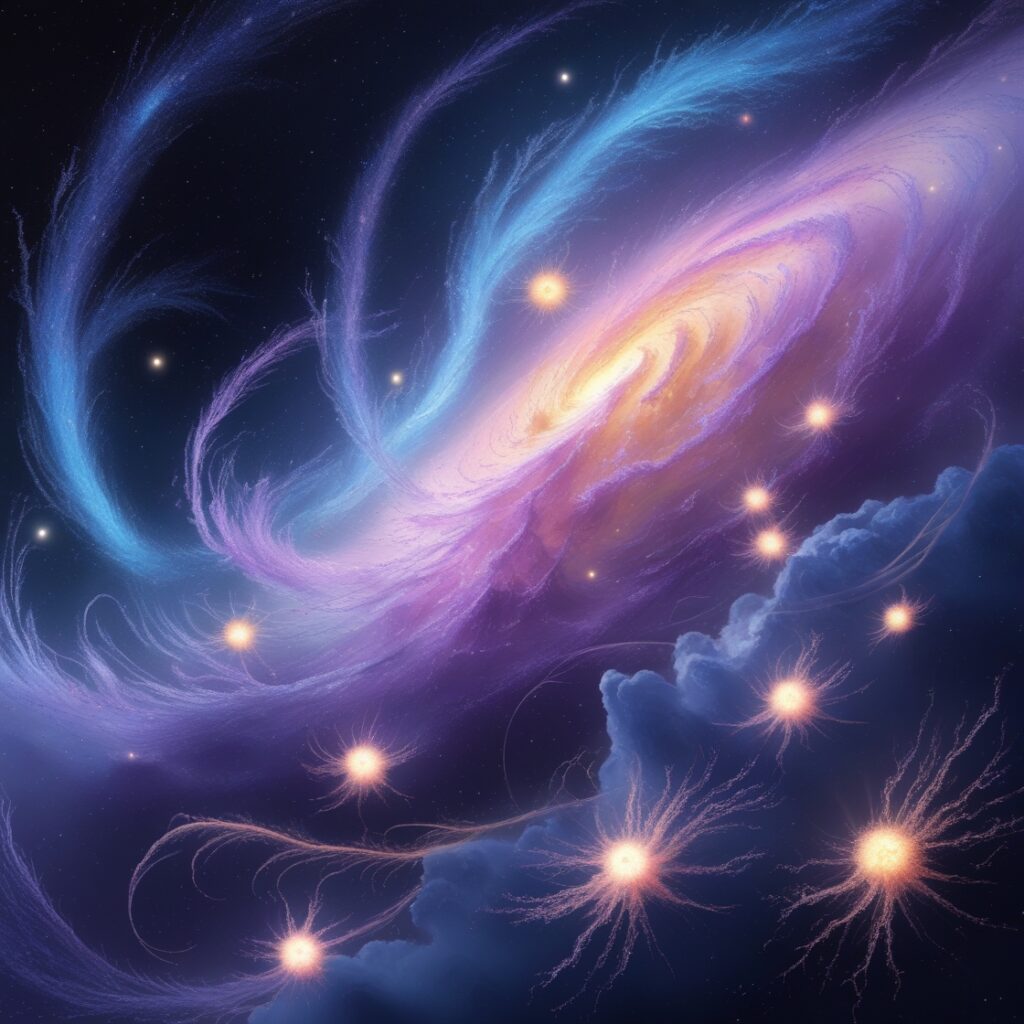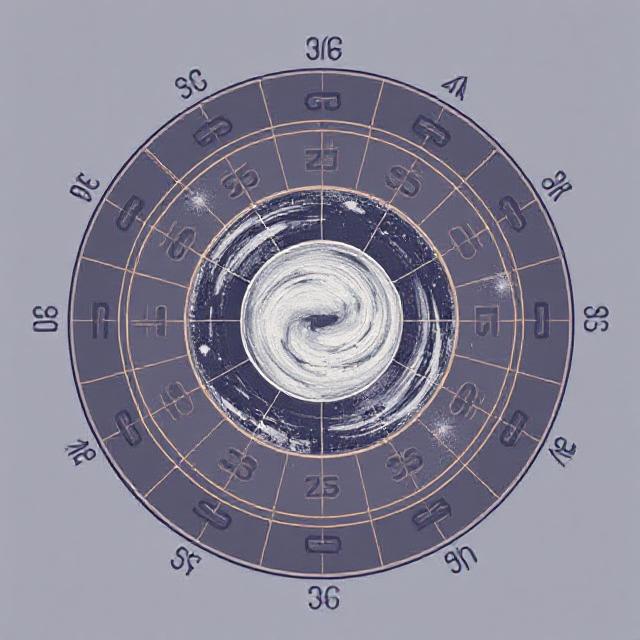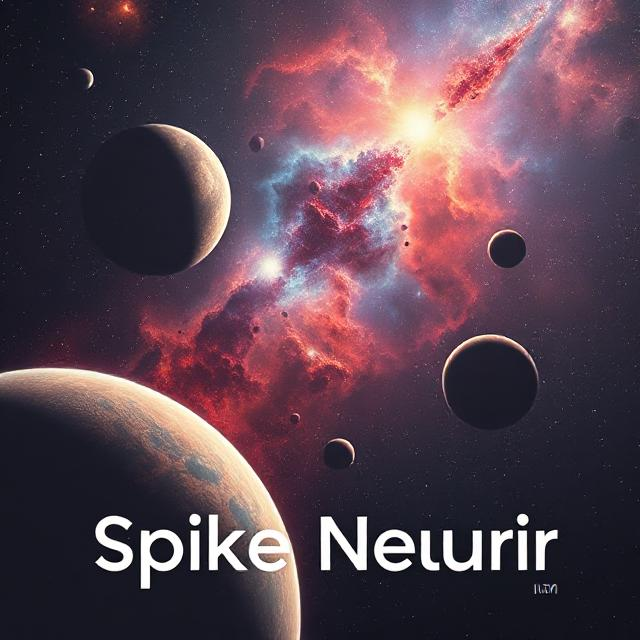Newly Found Binary Star System Near the Center of the Milky Way
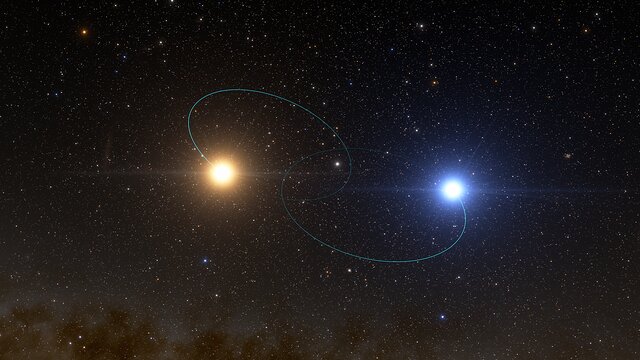

Unveiling the Secrets of the Milky Way: The Discovery of a Binary Star System
A Glimpse into Our Galactic Core
The center of our galaxy, the Milky Way, remains shrouded in mystery, hidden behind layers of gas and dust. For many years, the existence of a supermassive black hole (SMBH) at the heart of the Milky Way has intrigued astronomers, revealing as many questions as answers. One of the most perplexing aspects has been the surprising absence of binary stars—pairs that orbit each other—within this densely populated region, where such star systems are typically abundant in the galaxy’s spiral arms.
The Enigmatic S Stars
The stars in the galactic core, known as S stars, travel at incredible speeds around the SMBH. Intriguingly, these stars seem to exist in isolation, with no evident binaries among them. Their only companions are the G objects—clouds of gas and dust that share similar velocities and trajectories. However, a recent study published in Nature Communications has shed light on these G objects, revealing that they may harbor more than just clouds.
A Breakthrough Discovery: The D9 Binary System
Researchers have identified a binary star system, dubbed D9, orbiting the galactic center, providing compelling evidence of a hidden stellar duo. This system, consisting of two stars that complete an orbit around each other approximately once a year, could signify that many similar systems are lurking within the dust-laden heart of the Milky Way.
Florian Peissker, the lead author of the study from the University of Cologne, remarked, “The D9 system serves as a crucial link. It elucidates the existence of G objects while also addressing the lack of binary S stars, suggesting that S stars were once part of G objects.”
Unraveling the Mysteries of D9
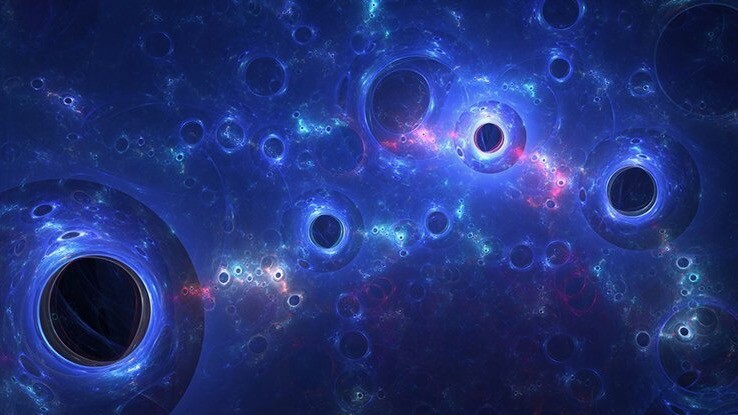

To uncover the secrets of D9, Peissker and his team employed advanced spectrometry techniques using the ERIS and SINFONI instruments at the Very Large Telescope in Chile. Over a span of 15 years, they meticulously tracked the behavior of D9, observing variations in its velocity that indicated the gravitational influence of two stars orbiting one another—similar to how exoplanets are detected by observing their gravitational effects on their parent stars.
The research revealed that these stars are relatively young, only 2.7 million years old, and complete an orbit around the SMBH every few hundred years. According to Peissker’s projections, D9 is on a path toward eventual merger into a single star within the next million years, which may explain the lack of binary stars in the galactic center. As the dust settles around G objects, they may transform into merged S stars.
Resolving Paradoxes of Stellar Origins
This discovery also addresses a long-standing puzzle regarding the age of S stars. If these stars were captured from the galaxy’s outskirts by the SMBH, they would have to be significantly older—about 1,000 times older—to have completed such a journey. However, if they originated from merging binary systems obscured by dust and gas, their “rebirth” would render them much younger.
Hints from the Past: Clues About G Objects
The nature of G objects has remained elusive, yet past observations have provided hints. In 2014, a G object known as G2 raced close to the SMBH at a significant fraction of the speed of light. Scientists expected it to disintegrate under intense gravitational forces but were surprised when it emerged intact, suggesting that a dense core, perhaps a protostar, was hidden within.
The Challenges of Observation
Studying celestial bodies located 26,000 light-years away and obscured by gas and dust presents formidable challenges. High precision in measurements is critical, and researchers often employ techniques like stacking months of observations to create a clearer picture. Peissker innovated a method to sift through nightly data over an extended period, filtering out observations based on quality to enhance the likelihood of identifying binary systems like D9.
“I cataloged all the values and Doppler-shifted radial velocities for each night over the year,” Peissker explained. “When I noticed D9’s unusual periodic pattern, I extended my analysis to cover all 15 years.”
The Dance of Discovery
The spectroscopic data revealed ionized hydrogen emissions, providing a window into the stars’ interactions and the Doppler effect. These readings indicated the cyclical movements of D9, a telltale sign of the gravitational tug-of-war between the two stars, elegantly illustrating their cosmic ballet.
As Peissker noted, “We were incredibly fortunate because D9 was positioned on the descending part of its orbit. If it had been ascending, it would have moved much faster, making it harder to detect. Its slower pace allowed us to capture this beautiful spectroscopic pattern, bringing clarity to our findings.”
Conclusion: A New Understanding of Our Galactic Center
The discovery of the D9 binary star system not only enriches our understanding of the Milky Way’s center but also opens the door to new inquiries about the nature of G objects and the origins of S stars. As we continue to explore this enigmatic region, each revelation brings us closer to unraveling the complex tapestry of our galaxy’s history.



